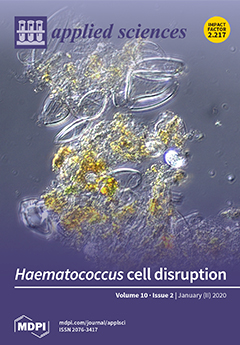Context. A Smart city is intended as a city able to offer advanced integrated services, based on information and communication technology (ICT) technologies and intelligent (smart) use of urban infrastructures for improving the quality of life of its citizens. This goal is
[...] Read more.
Context. A Smart city is intended as a city able to offer advanced integrated services, based on information and communication technology (ICT) technologies and intelligent (smart) use of urban infrastructures for improving the quality of life of its citizens. This goal is pursued by numerous cities worldwide, through smart projects that should contribute to the realization of an integrated vision capable of harmonizing the technologies used and the services developed in various application domains on which a Smart city operates. However, the current scenario is quite different. The projects carried out are independent of each other, often redundant in the services provided, unable to fully exploit the available technologies and reuse the results already obtained in previous projects. Each project is more like a silo than a brick that contributes to the creation of an integrated vision. Therefore, reference models and managerial practices are needed to bring together the efforts in progress towards a shared, integrated, and intelligent vision of a Smart city.
Objective. Given these premises, the goal of this research work is to propose a Smart City Integrated Model together with a Smart Program Management approach for managing the interdependencies between project, strategy, and execution, and investigate the potential benefits that derive from using them.
Method. Starting from a Smart city worldwide analysis, the Italian scenario was selected, and we carried out a retrospective analysis on a set of 378 projects belonging to nine different Italian Smart cities. Each project was evaluated according to three different perspectives: application domain transversality, technological depth, and interdependences.
Results. The results obtained show that the current scenario is far from being considered “smart” and motivates the adoption of a Smart integrated model and Smart program management in the context of a Smart city.
Conclusions. The development of a Smart city requires the use of Smart program management, which may significantly improve the level of integration between the application domain transversality and technological depth.
Full article





